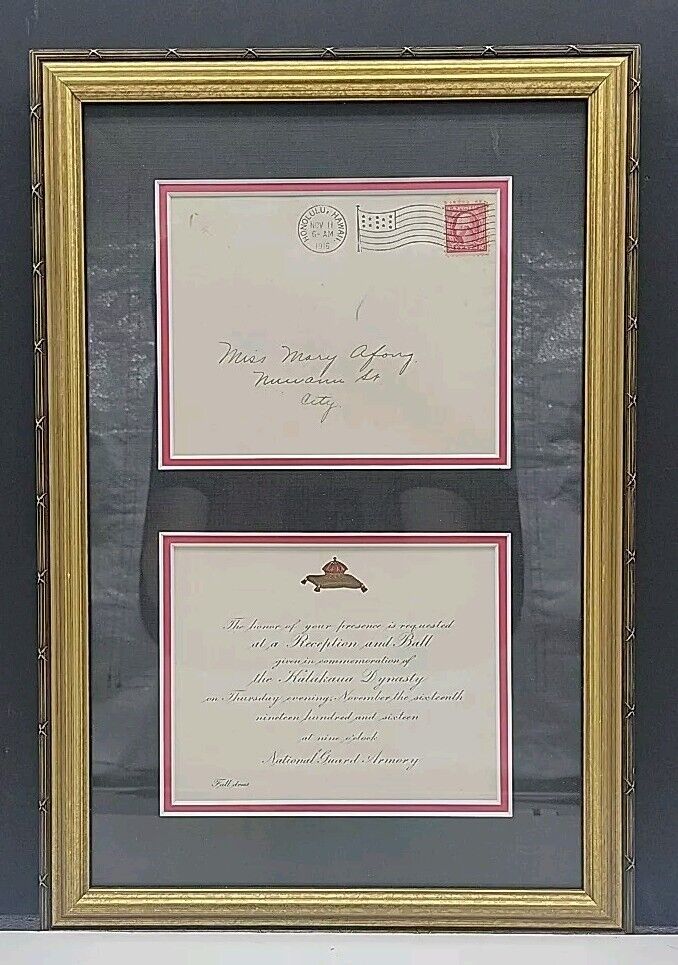-40%
Antique Original 20th C. Indonesian Batak Peoples Carved Oracle Priest Bone
$ 118.8
- Description
- Size Guide
Description
This listing is for the Antique Original 20th C. Indonesian Batak Peoples Carved Oracle Priest Bone pictured above.About the object
:
Indonesia, Sumatra, Batak Peoples, ca. early 20th century CE. An oracle / divination device carved from a water buffalo rib, inscribed with icongraphically symbolic figural and geometric patterns (see discussion below for additional discussion on this) as well as Batak characters and Sanskrit text. Size: rib bone measures about 15 inches long.
Batak priests (datu) inscribed sacred texts on sheets of bark, bamboo cylinders, as well as the rib and shoulder bones of oxen and water buffalo as we see in this example. These writings- magic formulas, oracles, recipes for medicines, and instructions for rituals and cures- were passed from generation to generation within a priestly class. Inscriptions on rib bones often contain calendrical information used by priests to divine auspicious days for particular activities. The bones also brought good luck to their owners. The beauty of the script and the poetic language were both appreciated.
For agricultural communities, the calendar is obviously a critical tool used to guide planting, growth, and the time of harvest. These calendars record time in accordance with the movement of the sun and the moon. Beyond this, bones were also used as an oracle by a priest (or datu) to predict the future and assist them in selecting lucky days for travel or important events, such as the opening of a new rice field or a marriage. The calendars on these bones are represented by the rectangles filled with small squares. Note: the 12 columns represent each of the twelve months and the 30 vertical squares comprising each column represent the thirty days of each month. What's more, each day is marked with signs that tell whether they are good or bad for certain events.
The writing on the remainder of the bones is written in Sanskrit, an ancient Buddhist language. Although many of the characters and images incised and carved in relief can be understood only by the piece's maker and his students, the scorpion most likely represents the constellation Scorpio, which was traditionally regarded as a bad omen for most ceremonial events. The other figure snake-like creatures probably represent Naga Padoha, who according to Batak legend is forced beneath the earth by a sword; when he wiggles, the people feel an earthquake coming on. They then shout “suhul, suhul” from village to village. This phrase means “sword-grip” and is used to remind the Naga Padoha of the sword that keeps him pinned under the earth.
The object is in good condition with typical surface wear and scratches.
This is a wonderful, mystical object and a great addition to a collection of Oceanic art or other interesting objects!
Feel free to ask any questions.




















